What to Do If Someone Gets Stung by a Bee or Wasp
Bee or wasp stings are common, especially during warm months. If someone around you gets stung, knowing what to do quickly and effectively can make all the difference. Today, we’ll discuss the right first aid steps, how to tell the difference between bee and wasp stings, and when to go to the hospital.
But first, let’s understand a little about these two buzzing insects.
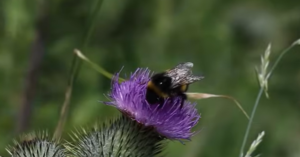
Bees vs. Wasps: What’s the Difference?
Honey Bees: Gentle Pollinators
Honey bees are generally calm and peaceful. They coexist well with humans and are not aggressive unless provoked. Known for their soothing hum and honey production, these bees rarely sting.
-
Friendly by nature
-
Prefer to avoid confrontation
-
Sting only when they feel threatened
-
Only female bees can sting
-
A honey bee dies after stinging because its stinger gets stuck in the skin
-
They are typically harmless unless disturbed
Honeybees = Calm, Non-Aggressive, Die After One Sting
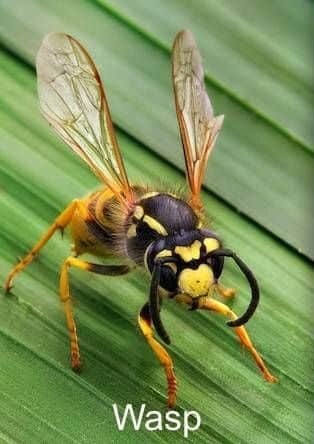
Wasps: Nature’s Aggressive Insect
Wasps, on the other hand, are far more aggressive and defensive. They can sting multiple times without harming themselves, and often do so without much provocation.
-
Highly aggressive behavior
-
Will sting even without being threatened
-
Capable of multiple stings
-
Eat smaller insects and leftover food
-
Tend to sting out of irritation or disturbance
Wasps = Aggressive, Can Sting Multiple Times, Don’t Die After Stinging
First Aid for Bee or Wasp Stings
If someone gets stung by a bee or a wasp, here’s a step-by-step guide to what you should do:
1. Look for the Stinger (In Bee Stings)
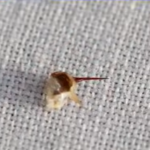
Bees often leave behind their stinger, which is a small, sharp object that stays embedded in the skin. This stinger contains venom and continues releasing it into the body even after the bee is gone. That’s why removing it quickly is very important.
How to Remove the Stinger:
-
Gently scrape the area with a fingernail or a credit card to remove it
-
Avoid pinching or pulling it out with fingers or tweezers, as it can squeeze more venom into the skin
Important: Wasps don’t leave their stingers behind, so this step is usually not needed for wasp stings.
2. Wash and Apply Ice
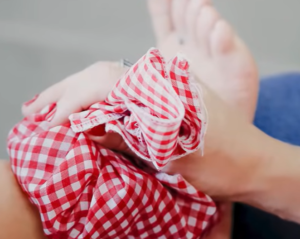
After removing the stinger:
-
Wash the sting area with soap and clean water
-
Apply a cold compress or ice pack wrapped in a cloth for 10–15 minutes
-
You can repeat the cold treatment every few hours if swelling or pain continues
Avoid placing ice directly on the skin to prevent frostbite.
3. Elevate the Affected Area
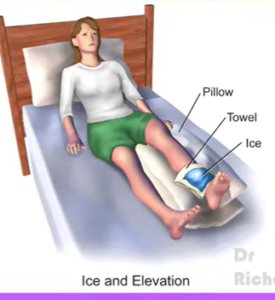
If the sting is on a hand, arm, or leg, try to keep the area elevated. This helps reduce swelling by slowing down blood flow to the area. You can use a sling or prop the limb on a pillow.
4. Use Over-the-Counter Medications
You can manage most mild symptoms with common medications and skin care:
-
Take paracetamol or another over-the-counter painkiller for pain
-
An antihistamine like cetirizine or loratadine can help with swelling and itching
-
Apply calamine lotion or a soothing cream to relieve irritation
-
Avoid scratching the sting site, as it can lead to infection
5. Consider a Tetanus Shot
If the person hasn’t had a tetanus booster in the last 5–10 years, especially if the sting caused a break in the skin, it’s advisable to get the shot.
Symptoms of Bee or Wasp Stings
Most stings result in localized reactions. Common symptoms include:
-
Redness
-
Swelling
-
Pain at the sting site
-
Itching
-
Burning sensation
These symptoms usually go away within a few hours or a couple of days.
When to Seek Medical Attention
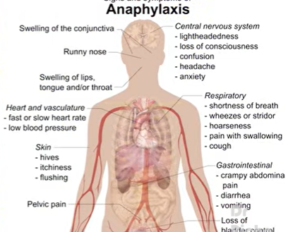
While most stings are mild, some people can have severe allergic reactions to bee or wasp venom. This condition is known as anaphylaxis, and it can be life-threatening if not treated quickly.
Warning Signs of a Severe Allergic Reaction:
-
Swelling of the face, lips, or throat
-
Difficulty breathing or wheezing
-
Nausea or vomiting
-
Stomach pain
-
Dizziness or fainting
-
Rapid or weak pulse
-
Blurred vision or blacking out
-
Weakness or muscle fatigue
If any of these symptoms appear after a sting, go to the hospital immediately.
Special Note: Face and Neck Stings
Stings on the face, neck, or throat are particularly dangerous due to the risk of swelling that can block airways or compress blood vessels. Even if no allergic reaction is apparent, it’s best to seek emergency care.
Summary of First Aid Steps
| Step | What to Do |
|---|---|
| 1. Remove stinger | Scrape gently with a card or fingernail (for bee stings only) |
| 2. Clean area | Use soap and water |
| 3. Apply ice | Wrap in cloth, apply intermittently |
| 4. Elevate | Use a sling or pillow to reduce swelling |
| 5. Medications | Use pain relievers, antihistamines, calamine lotion |
| 6. Tetanus shot | Get one if not taken in the last 5–10 years |
| 7. Emergency help | Seek help if allergic reaction symptoms appear |
How to Avoid Bee or Wasp Stings
-
Don’t swat at bees or wasps
-
Avoid wearing bright-colored clothes or strong perfumes outdoors
-
Cover food and drinks while outside
-
Keep trash bins closed
-
Stay away from known hives or nests
Honeybees typically won’t sting unless provoked. Always maintain distance and avoid disturbing their hive.
Final Thoughts
Bee and wasp stings are usually mild, but they can be dangerous in some cases. By knowing the difference between bees and wasps and understanding how to handle stings safely, you can respond calmly and effectively.
If the reaction is minor, basic first aid and some rest will help. But if signs of an allergy appear, don’t hesitate—get medical help right away.